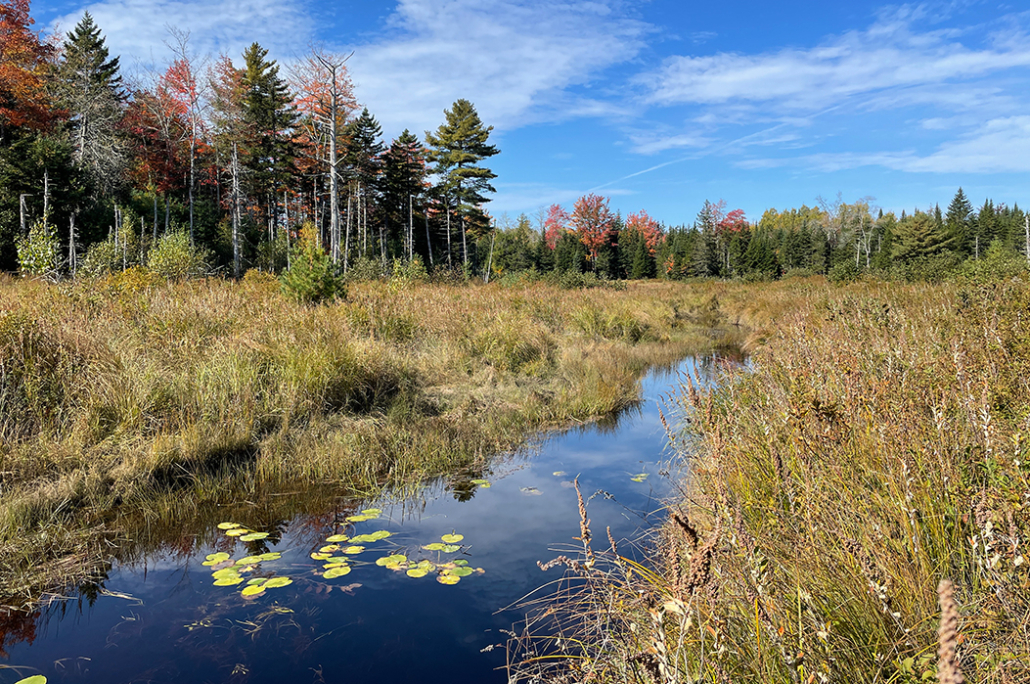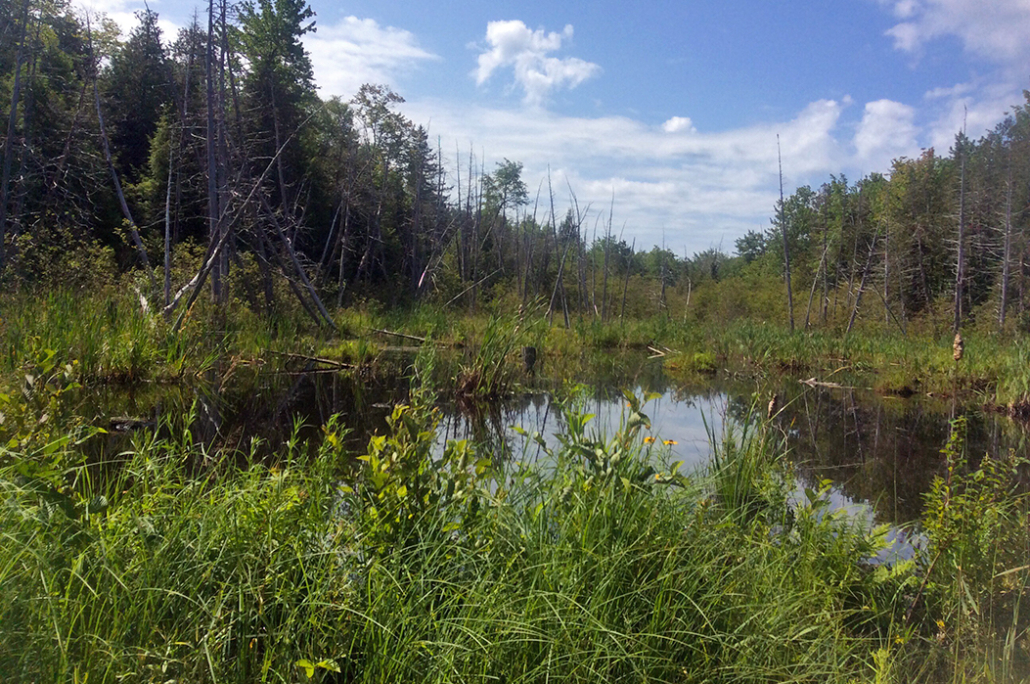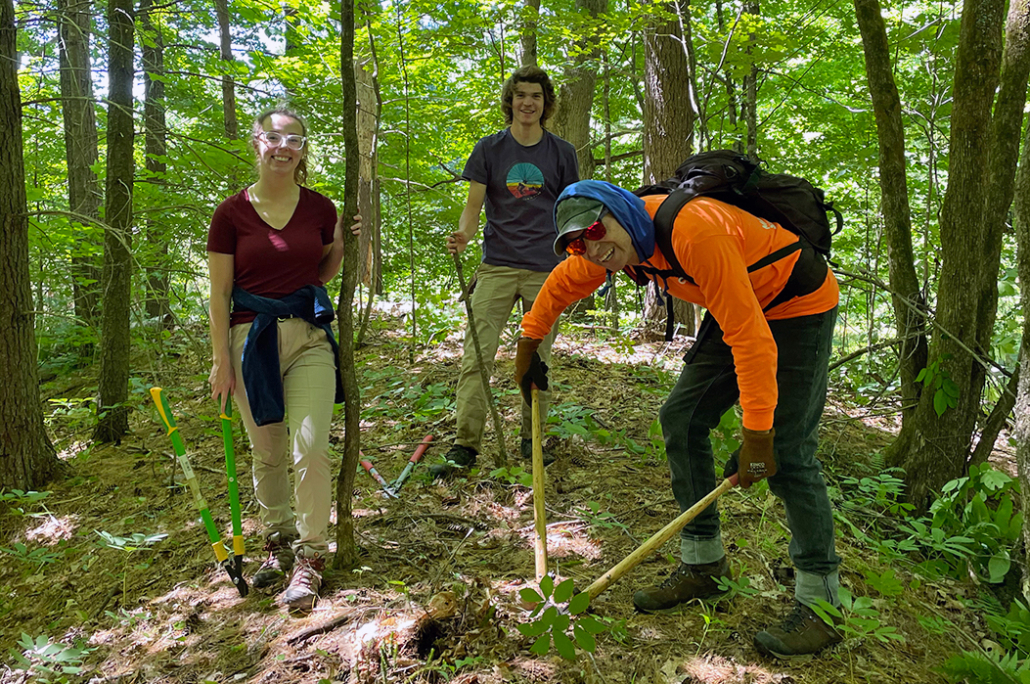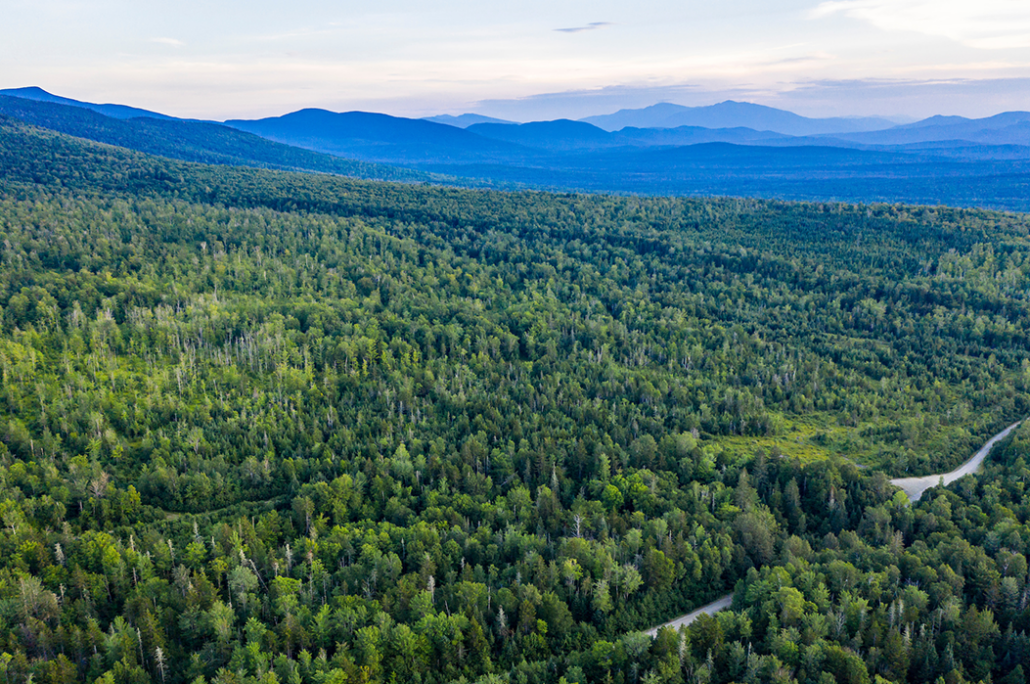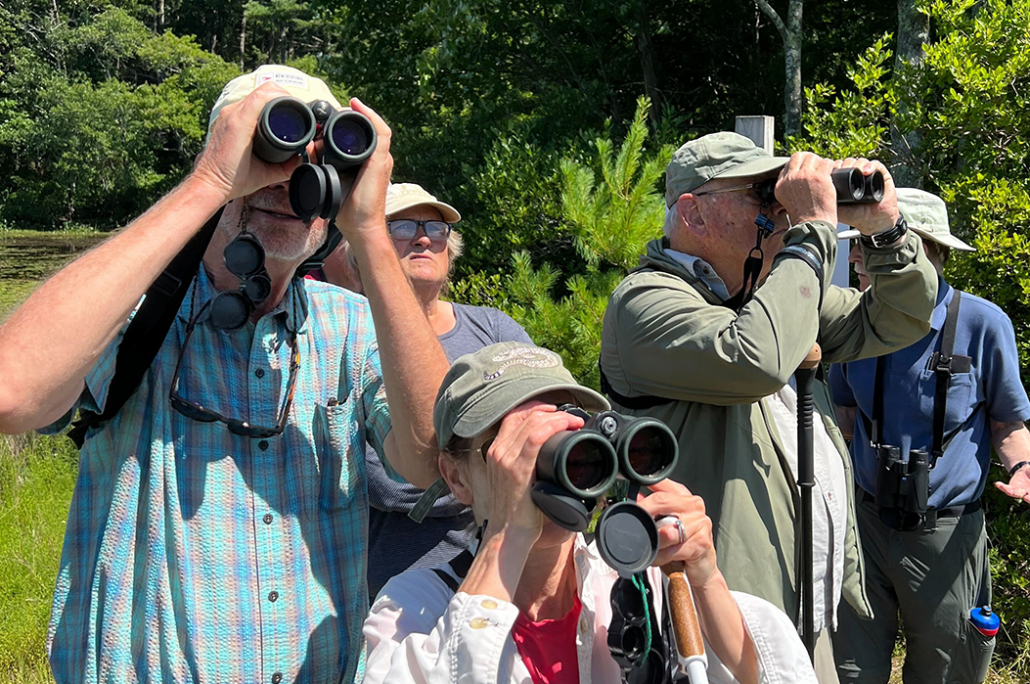The Wild Heart of Maine’s High Peaks
At the heart of the largest, most intact temperate forest in North America lie the Western Maine Mountains. The remote range sits at a crossroads, connecting the forests of northern Vermont and New Hampshire to those of northeastern Maine and New Brunswick. Protecting and rewilding habitat here is imperative for wildlife’s survival, movement, and adaptation as climate change accelerates. Redington Wilderness Sanctuary is 3,415 acres of rewilding forestland on the slopes of Mt. Redington, owned by Northeast Wilderness Trust and further protected with a forever-wild easement held by Maine Appalachian Trail Land Trust.










